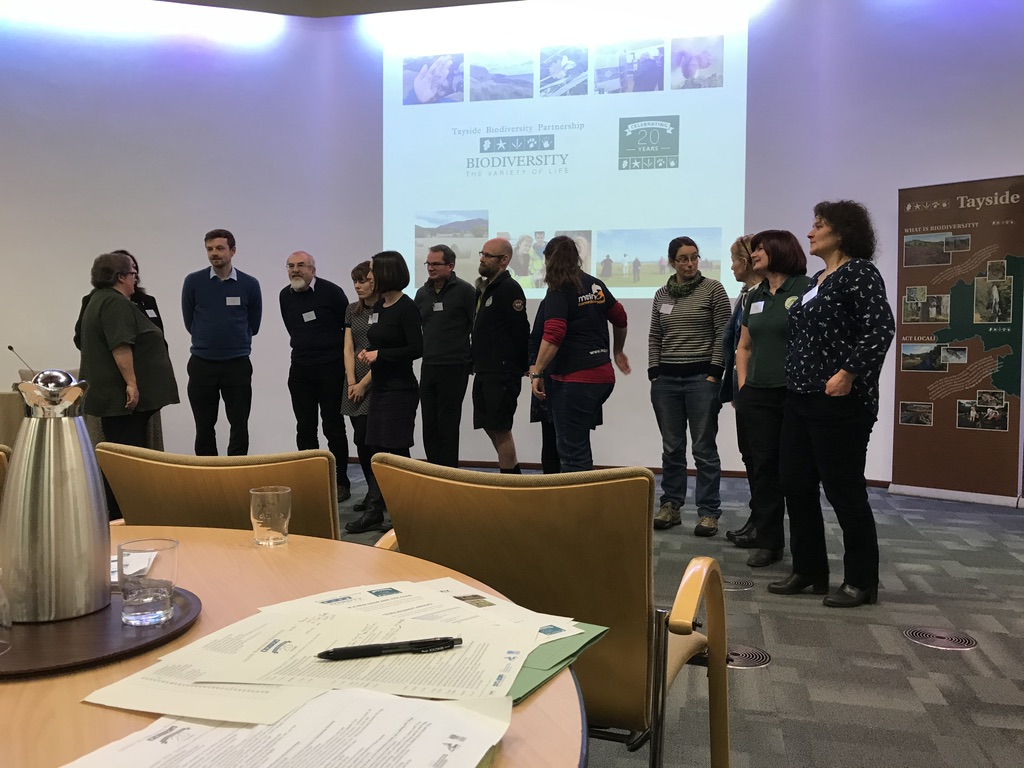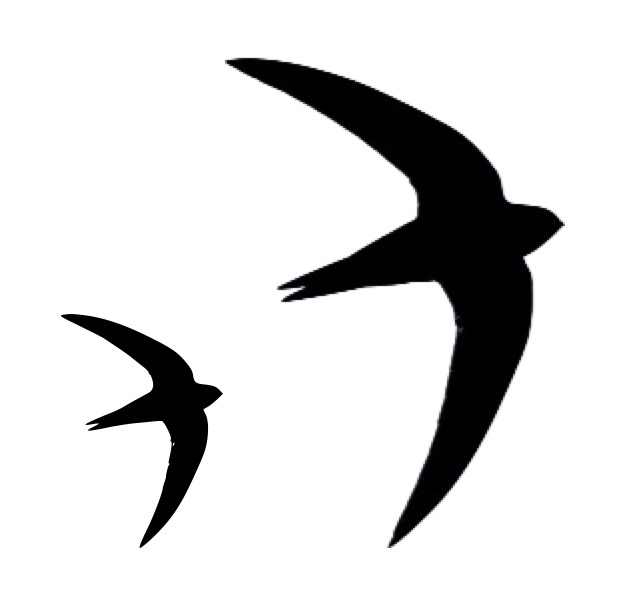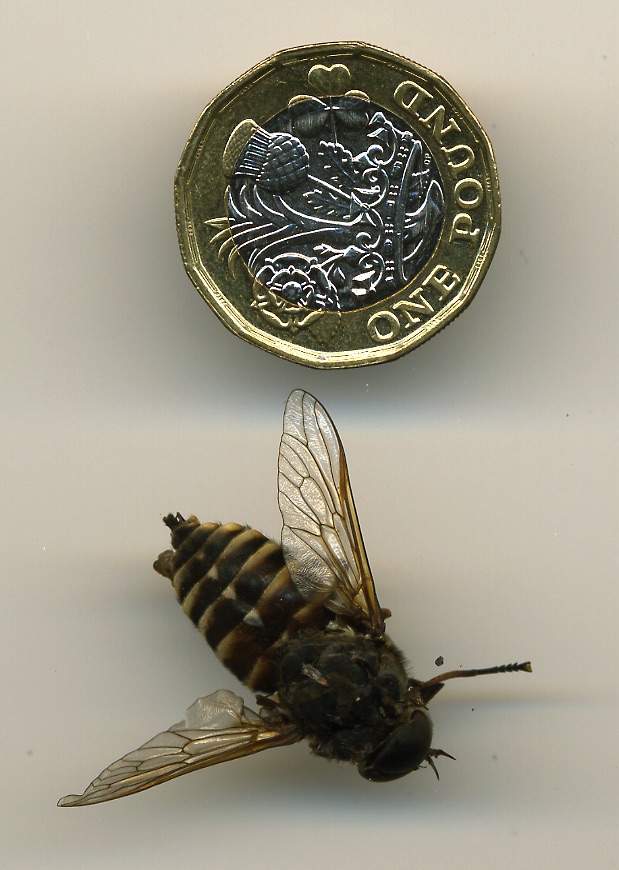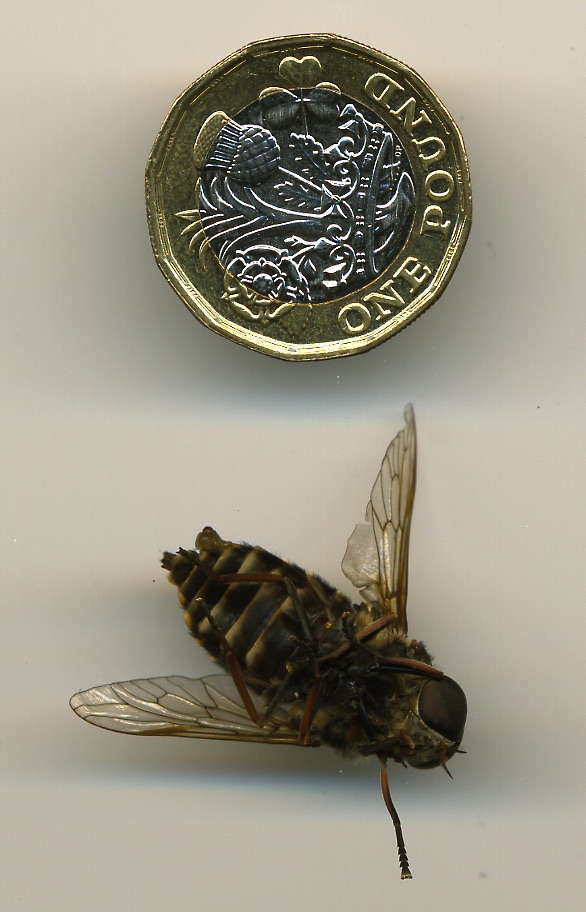2018
Celebrating 20 years
06/12/18 21:42 Filed in: events
Today was an inspiring event in celebration of twenty years of Tayside Biodiversity Partnership at the Battleby Conference Centre, during which Daniele Muir of Tayside Swifts and Elspeth Coutts of the Stanley Swift Group reported on the work which is being done to conserve swifts and, in Elspeth's case, accurately map the swifts in Stanley. This prompted a discussion between me and Elspeth and, subsequently, Daniele about the Crieff project which I have hopes of promoting in the new year. I suggested to Elspeth that we may be able to devise a more enhanced method of collecting data and portraying it, including graphics as well as charts and maps.
The decline in swift numbers is attributed, chiefly, to a loss of breeding habitat.
To better understand how and why this loss of habitat is occurring, we need to know more about where swifts breed.
To know more about where swifts breed we need to enlist the help of lots of people to be spotters.
To engage people as spotters they need to be encouraged to support our conservation aims and that takes more than data.
What do we need to know?
• Where / what are conditions of nests (position, structure, proximity, aspect, height etc.)
• When are the nests used?
• Estimate the ratio of flying swifts to breeding swifts, to gauge proportion of juveniles.
• Whether the nest sites are in danger of maintenance or development.
Get building owners / tenants involved in promoting the swifts' welfare and try to get everyone interested enough to monitor how they are faring from year to year. Encourage people to "adopt" their swift colonies and accept that they are as much a part of the town or village in which they live as any part of the local culture. That their history is part of the history of the places where we live.
The plan is not well formed yet and will rely a lot on funding, so there is much to do.

The decline in swift numbers is attributed, chiefly, to a loss of breeding habitat.
To better understand how and why this loss of habitat is occurring, we need to know more about where swifts breed.
To know more about where swifts breed we need to enlist the help of lots of people to be spotters.
To engage people as spotters they need to be encouraged to support our conservation aims and that takes more than data.
What do we need to know?
• Where / what are conditions of nests (position, structure, proximity, aspect, height etc.)
• When are the nests used?
• Estimate the ratio of flying swifts to breeding swifts, to gauge proportion of juveniles.
• Whether the nest sites are in danger of maintenance or development.
Get building owners / tenants involved in promoting the swifts' welfare and try to get everyone interested enough to monitor how they are faring from year to year. Encourage people to "adopt" their swift colonies and accept that they are as much a part of the town or village in which they live as any part of the local culture. That their history is part of the history of the places where we live.
The plan is not well formed yet and will rely a lot on funding, so there is much to do.




